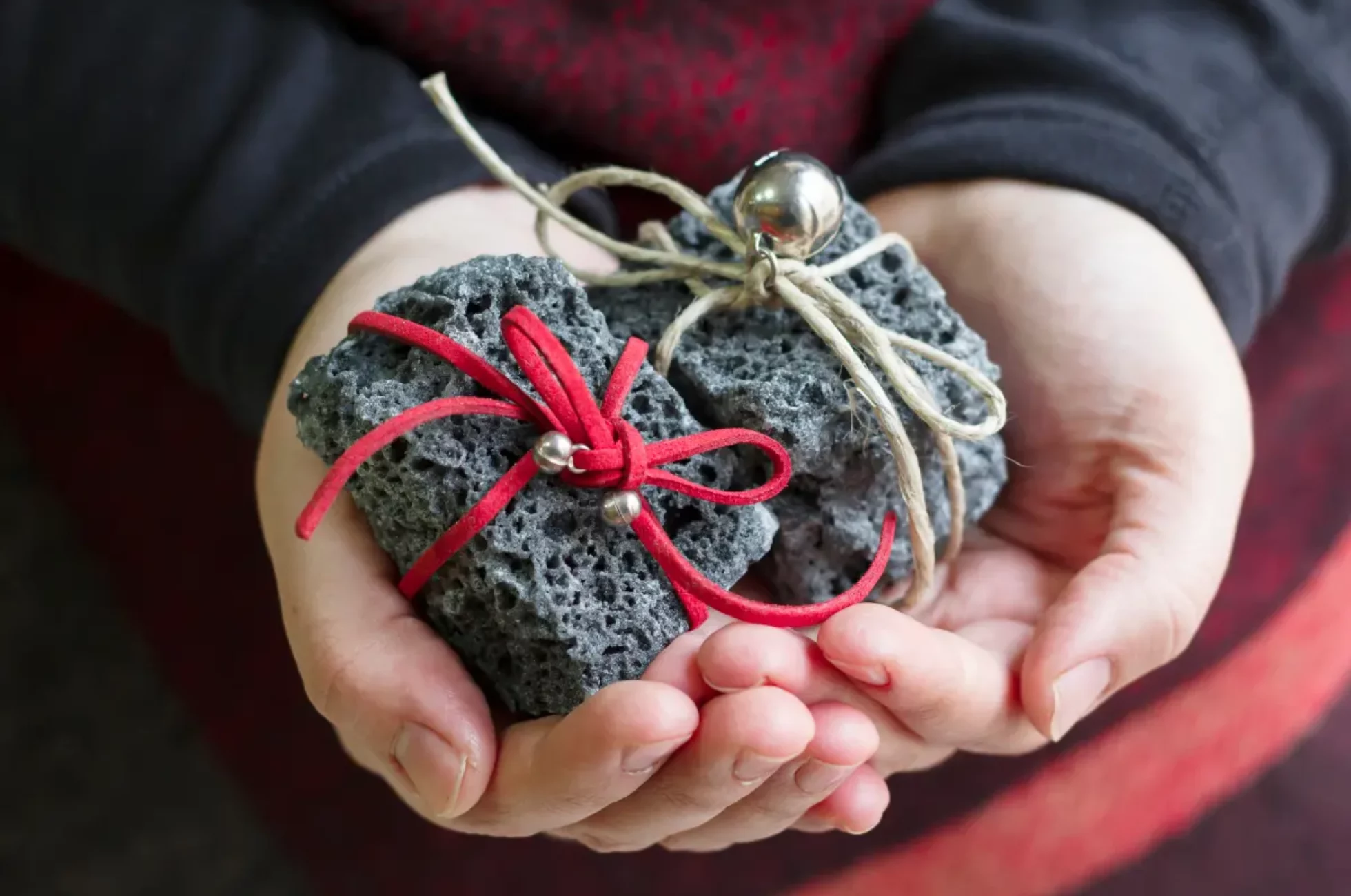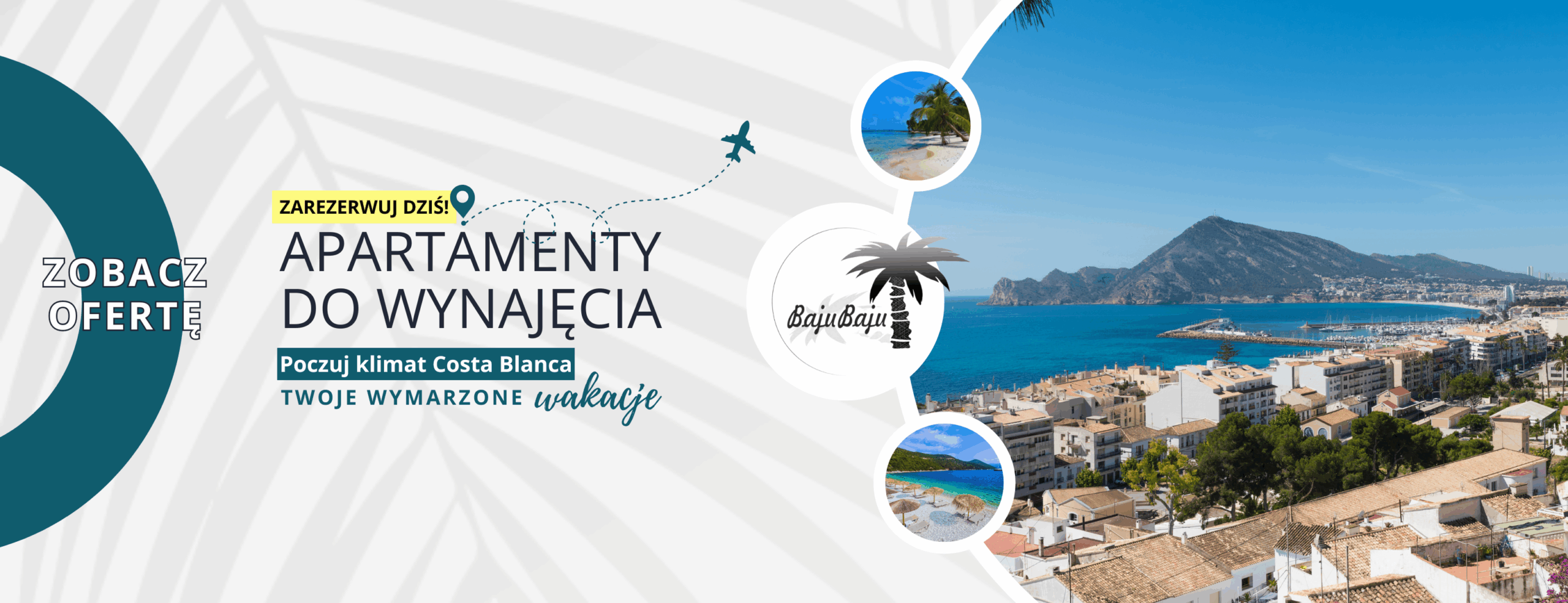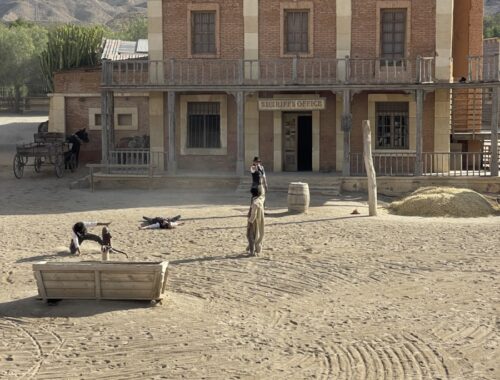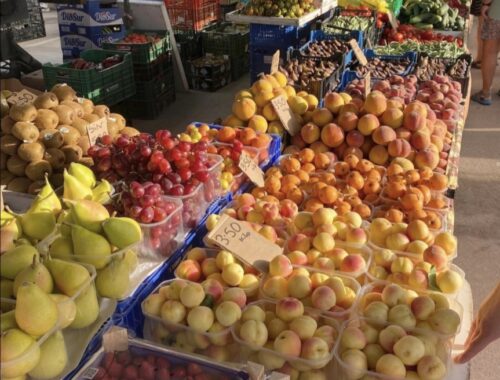
Día de los Reyes Magos: Epiphany in Spain
As the Christmas decorations slowly fade from the scene in Poland and the echoes of New Year's Eve fade, a special celebration begins in Spain! It's Día de los Reyes Magos – Epiphany – a day that feels like a second Christmas to Spanish children.
Cabalgata de Reyes: Street Procession
The celebration of Día de los Reyes Magos begins on the evening of January 5, when an extraordinary event takes place in Spanish cities and towns – the Cabalgata de los Reyes Magos.
The Three Kings' Procession is a veritable street gala, led by Caspar, Melchior, and Balthazar. On camels or decorated carts, accompanied by colorful characters—dancers, musicians, and puppeteers—the Kings enter the cities in grand style. The street stages, which must be spacious and lavishly decorated, are the center of this spectacle. It is from these stages that the Reyes Magos throw sweets to the enthusiastic children—bringing much joy!
Reyes Magos: The Stars of Spanish Gifts
Gift-giving traditions in Spain differ from those in Poland. Although symbolic gifts are exchanged during Christmas, the true "feast" of gifts takes place during Epiphany.
On the evening of January 5th, in anticipation of the arrival of the Kings, Spanish children prepare shoes into which the Reyes Magos can place gifts. In exchange, children often leave something to eat for the weary travelers and their camels. A key element of this tradition is the belief that only children who have been good throughout the year can expect to receive small gifts. For those who should change their behavior, the Reyes Magos may leave symbolic coal – the so-called Carbón de Reyes – which resembles real lumps of coal.
Roscón de Reyes: A cake full of secrets
Roscón de Reyes, also known as Three Kings' Day cake, is a traditional element of the Spanish celebration of Día de los Reyes Magos. It is a round, yeast-raised cake decorated with candied fruit. These colorful additions symbolize the precious jewels that once adorned the Three Kings' costumes. Roscón de Reyes comes in many varieties, some unique to specific regions of Spain. Traditional versions can be found, as well as those filled with whipped cream, truffle cream, or angel hair.
Hidden inside the cake are small surprises: a king figurine and a broad bean seed. According to tradition, whoever finds the figurine in their slice will have good luck in the coming year. And, according to custom, whoever finds the broad bean must pay the cost of the Roscón de Reyes.
Summary
Día de los Reyes Magos is a holiday that connects generations, providing an opportunity to pass on traditions, share laughter, and tell stories. It's a day when Spaniards celebrate the deep roots of their culture in a timeless and unique way.







